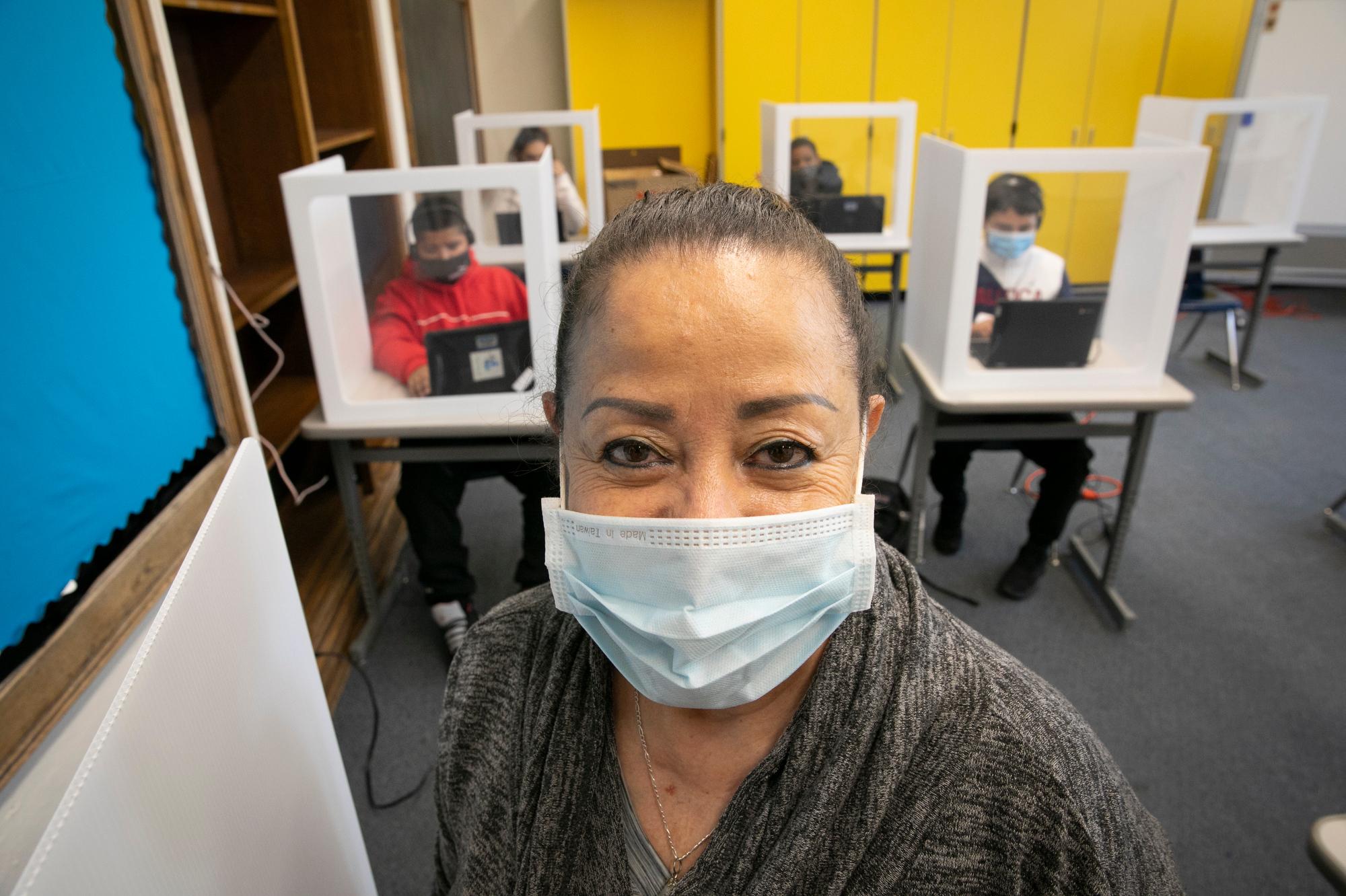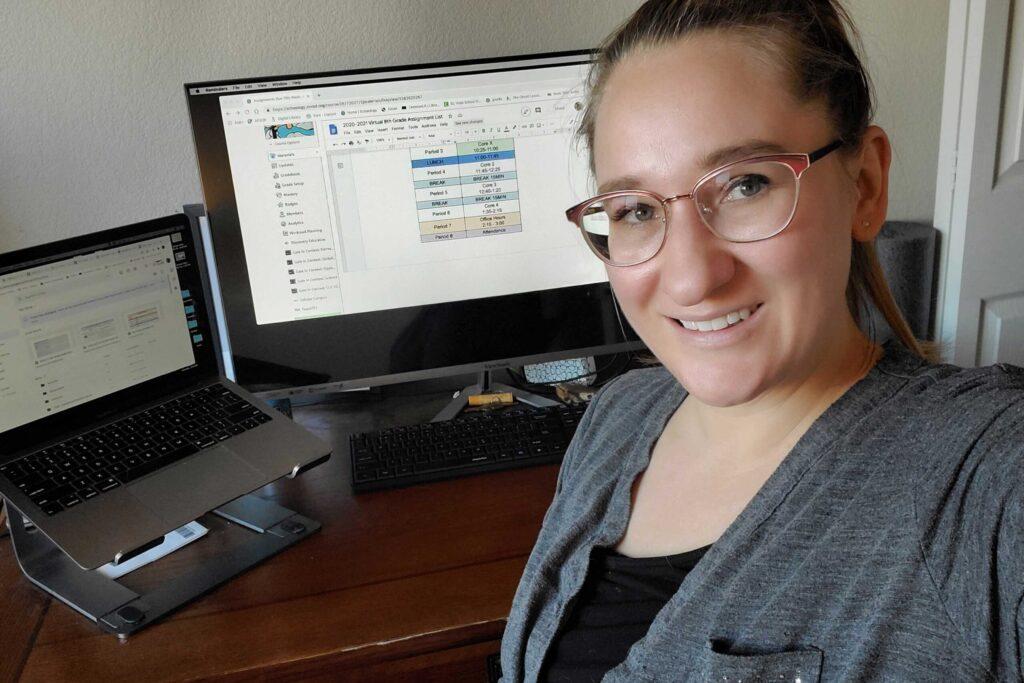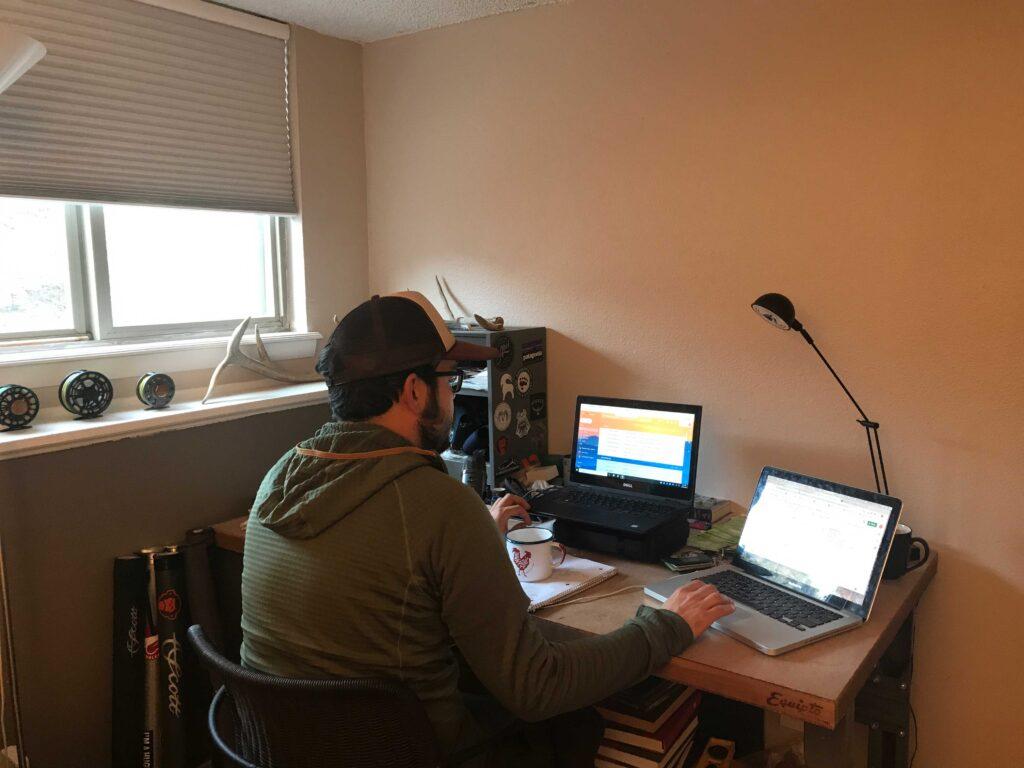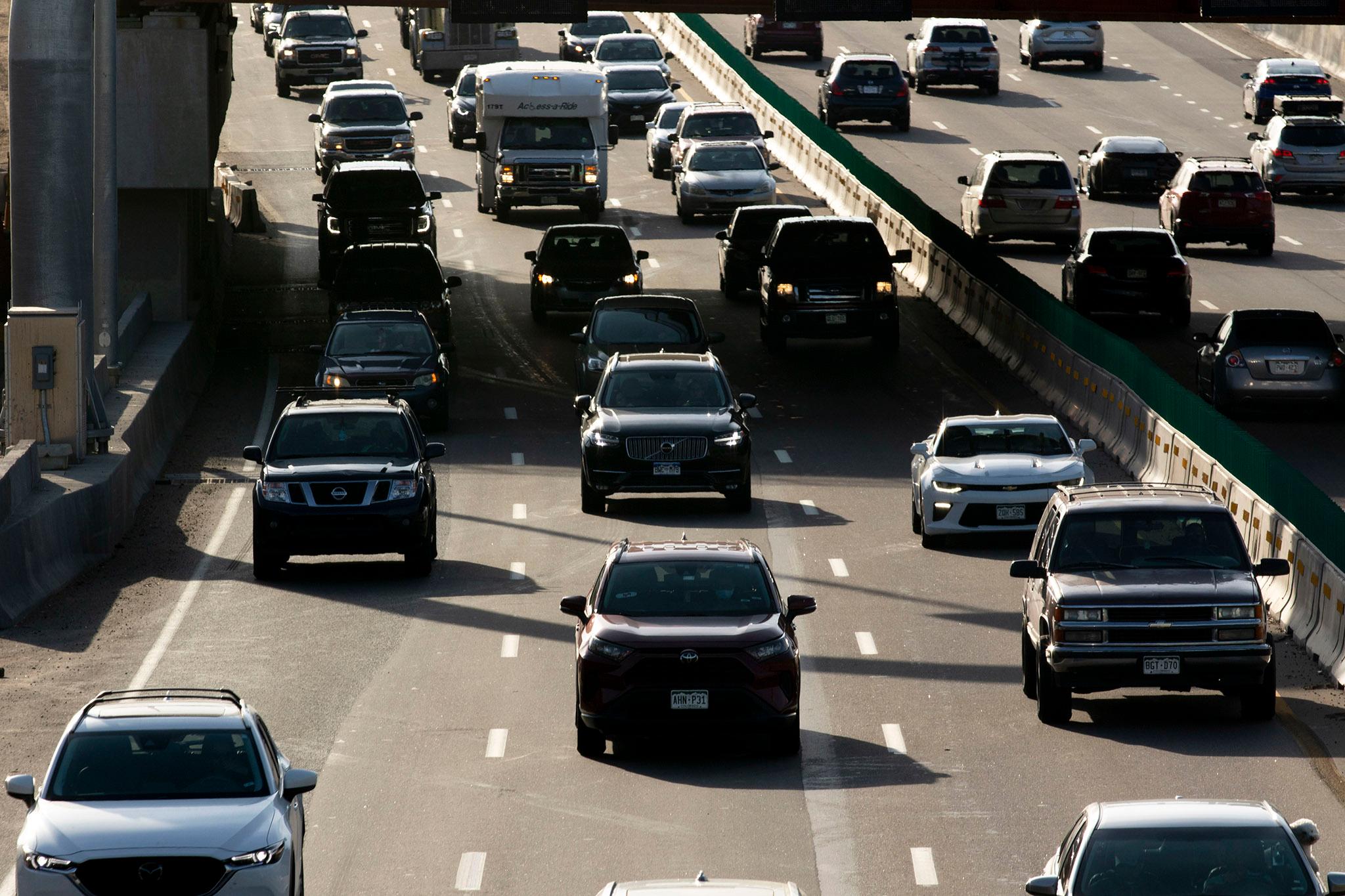
Jessie Wilbert, a fifth-grade teacher at New Emerson School in Grand Junction, estimates that since school began in August her full class has only been in the classroom about four days.
She said she doesn’t envy the people who have had to decide whether she should teach in person during the pandemic.
“No matter what decision you make, you’re going to have about half of the people in your county really angry with you, no matter what the decision is.”
Some district-level decisions can sometimes feel a bit removed, said Mark Castleman, a physics and astronomy teacher at Boulder High School, part of the Boulder Valley School District.
“Sometimes I think decisions get made without as much thought as there could be toward exactly: How are we expecting the teachers to implement this decision?”
With coronavirus cases in Colorado surpassing a quarter million, many schools have returned to remote learning in recent weeks. It’s the latest flip-flop between remote and in-person learning in a fall marked by tumult. Teachers say that switching back and forth has been hard, especially with a patchwork of policies that vary from district to district.
“I know that my district has really just been wanting to get kids into classrooms. That is something that I support,” said Allie Solem, who teaches at the St. Vrain Valley School District, which is currently fully online. “But we were really hoping for a change back to remote. Just because it was so challenging to get coverage for classes, when people were quarantined.”

Rebekah Holmes saw a similar situation at McElwain Elementary, part of Adams 12 Five Star Schools. Holmes, who teaches English language development, said even when school was in-person, teachers had to also teach students who were in quarantine and those who were remote. “We’re really trying to make the best out of a situation, that’s just not easy for anyone right now.”
Castleman, a veteran teacher who got the coronavirus himself in March, said his school had tried a hybrid model — but it only lasted six days.
“The problem we had was the staff being exposed. We didn’t have a spread of the virus in the school. But the staff would be exposed because one of the students has been exposed. Then you’re out for three weeks, and you’re back to teaching from home — and we just couldn’t physically cover the classes anymore.”
Boulder Valley School District does have a working advisory group, a teacher advisory committee and a portal for employees to share feedback on transitions. The district also said it has conducted staff surveys to hear from teachers.
Art teacher Taylor Henzler in Durango is grateful that there is now a committee of teachers who are able to give feedback around any upcoming changes that her district is thinking of making. Initially, teachers in her school were balancing with all three models prior to going remote.
- Pandemic Parenting Is Parenting On The Fly. Here’s How 2 Colorado Moms Are Living With It
- Online Learning Isn’t Easy, Even When You’re Colorado’s Teacher Of The Year
- Expert Tips For Navigating The Emotional Landmines Of Remote Learning
- ‘Everything Sucks Sometimes But It’s Not Forever’: How One Teen Navigates Mental Health, The Political Environment And The Pandemic
“I didn’t always feel safe when we were in person,” said Henzer, an art teacher at Park Elementary School. “Now that our county is exponentially going up in positivity with COVID, I do feel safer at home. But it’s with a heavy heart because I miss my kiddos.”
Chris Peterson, who teaches eighth-grade social studies at Northglenn Middle, said he’s been comfortable with the decisions at his district, Adams 12 Five Star Schools. But he believes county and state governments could be doing more for schools.
“When I look across the state, every district is in a different place. And that continuity that could come from health departments, county governments or state governments just isn’t there.”

Gov. Jared Polis has put together a task force of teachers, superintendents, health officials and parents that meet at least once a week to help plan for schools to return to classrooms. But it’s still up in the air whether districts that are remote through 2020 will return back to classrooms in January. Much of Colorado’s population is in counties still classified as “severe risk” — the state’s second-worst status for COVID-19 levels.
The lack of a coherent response has left much of the decision-making in the hands of individual principals. That’s not all bad, teachers say. Benjamin Morse, who teaches eighth-grade language arts at Russell Middle School in Colorado Springs School District 11, said his school began the school year remote and moved to a hybrid model before going remote again two weeks before Thanksgiving.
“I think my principal has done a really excellent job,” Morse said. “The district has allowed individual leadership from school to school which has benefited me and my colleagues greatly.”
In Jefferson County, physical education teacher Rob Wright said his school’s administration at Bergen Meadow and Bergen Valley has been effective with guiding teachers through the crisis but believes the district-level has failed in leadership.
“It’s kind of the Wild West out here. … The district is not sending out guidelines of ‘This is how P.E. should work during this.’ They’re kind of just saying, each school is going to figure out their own thing.”
Jeffco Public Schools did not respond to a request for comment.
Before his schools in Evergreen went fully remote, Wright said he had been stressed out every day making sure that sports equipment was properly disinfected between classes — something that he estimates took 15 to 20 percent more time than usual.
Inconsistent and unclear metrics for decision-making across Colorado have caused a lot of anxiety and unpredictability for students, parents and teachers, said Amie Baca-Oehlert, president of the Colorado Education Association.
“The workload has been tremendous on our educators and just the emotional, the mental, and the physical stress and strain that educators have experienced this fall has been very challenging,” she said.
Many districts recognize that problem: a recent poll found that 90 percent of districts said teacher mental health is a top priority. But even where schools want to give teachers a break, the same report found districts across the state largely don’t have enough substitute teachers.
Principals like Derek Burnside, who leads Peyton Jr.-Sr. High School, are making sure their teachers know they’re supported. “The biggest thing with my staff is to just keep with them saying, ‘You’re doing a great job. I know it’s difficult.’”
“They worry about their students,” Burnside added. “We’re small enough that they know a lot about their students’ home lives ... whether there’s a good atmosphere at home, or there’s a difficult one … They carry that with them a lot.”
“We all want kids in our buildings,” said Keith Mainland, a history teacher at Monarch High School in the Boulder Valley School District. “That’s why we teach: We want to be with our kids. But it’s so hard.”
Mainland, who has taught for more than 20 years, said the most challenging aspect has been the loss of social interaction. “So much of teaching is based on the relationship that you can create between the students and yourself. And that relationship is hard to create online,” he said.
“If you can just air-hug a teacher, that would be cool,” said Wright, of Bergen Meadow and Bergen Valley Schools. “Like, we’re not getting a lot of pats on the back. It’s: ‘Do your job and get out there and keep stuff going.’”









